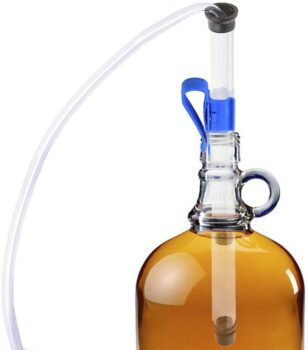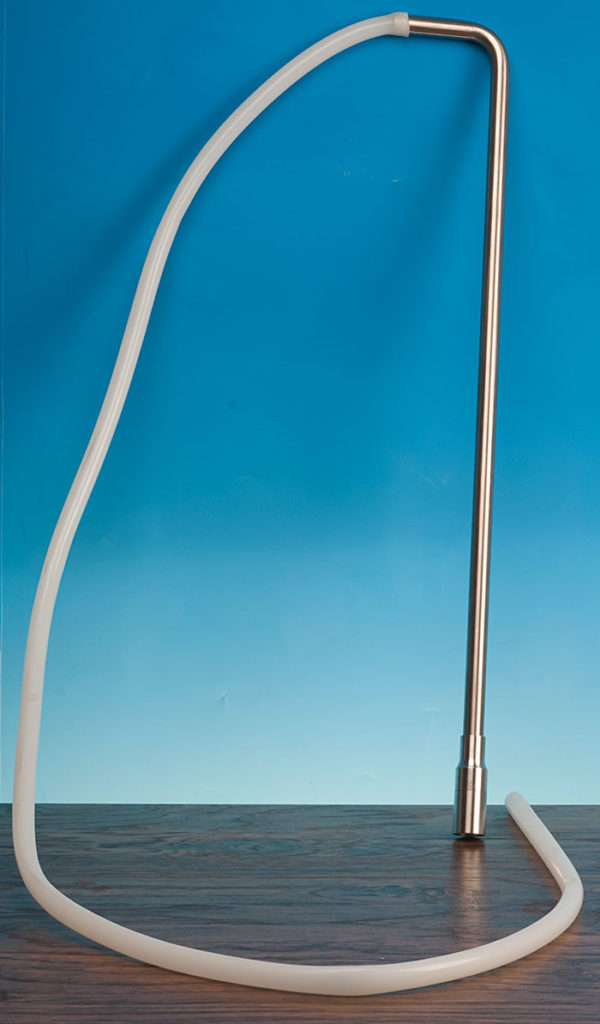
2 x Siphon Starters w/Mesh Filters – on sale for $8.99, best price + free prime ship
PERA 6.3 ft Syphon Tube Pipe Hose For Home Brew Wine Making (2pack)
More InfoHighlighted Features
- Material: PP material, non-toxic and tasteless;
- Very easy to use: ready to siphon sterile filter, the siphon tube inserted into the filter liquor filter, pinch hard plastic soft ball, let go wine to wash over;
- Widely Use: Suitable for home brewed, wine, liquor wine, white wine, yellow wine, red bayberry wine, bottling. can also be used for filtering;
- Flow fast, easy to grasp, great for pouring, transfer wine, bottling etc;
- 100% Guarantee: If you are not completely Satisfied, Contact us immediately! We will provide you with the worry-free lifetime money back guarantee and friendly customer service.
4/4 8 AM Central: I’ve seen these for as much as $12.99. As of this update, they’re on sale for $8.99. That’s the best historical third party Amazon price I found, notwithstanding Lightning Deals or coupons. Shipping is also free to many US addresses with Prime Membership [Try Prime for Free] or a qualifying order. Prices and availability can change quickly. Check product page for current info – More About Prices
PERA 6.3 ft Syphon Tube Pipe Hose For Home Brew Wine Making (2pack) – affiliate link, note that multiple variations of this product may be available, as such a different version may appear at this link
This post contains affiliate links. We may make a commission when you use our Amazon links. This will never cost you extra. Thank you for supporting Homebrew Finds!
pinned amazon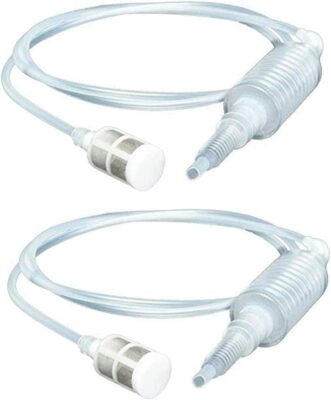






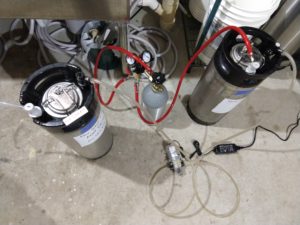
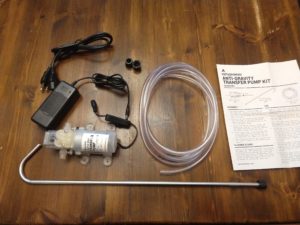
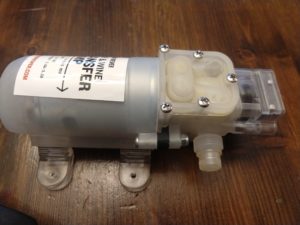 Closeup of Pump Head
Closeup of Pump Head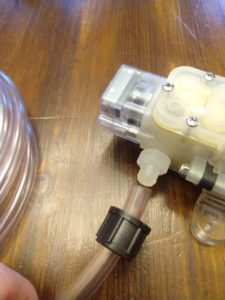 Hose Connection on Inlet and Outlet
Hose Connection on Inlet and Outlet
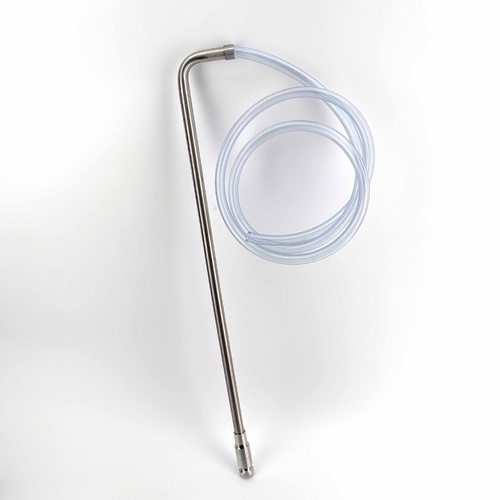

![FERRODAY 5/16 Barbed Air Line Filter [4 PCS]- Sanitary Air Filter Air Line Fittings for Beer Brew Keg Air Filter for Homebrew White Air Filter for Fish Tank Translucent Plastic Gas Line Fitting](https://www.homebrewfinds.com/wp-content/uploads/2023/01/31tojfxqXhL._SL500_-400x400.jpg)

![FERRODAY 5/16 Barbed Air Line Filter [4 PCS]- Sanitary Air Filter Air Line Fittings for Beer Brew Keg Air Filter for Homebrew White Air Filter for Fish Tank Translucent Plastic Gas Line Fitting](https://m.media-amazon.com/images/I/31tojfxqXhL._SL500_.jpg)
